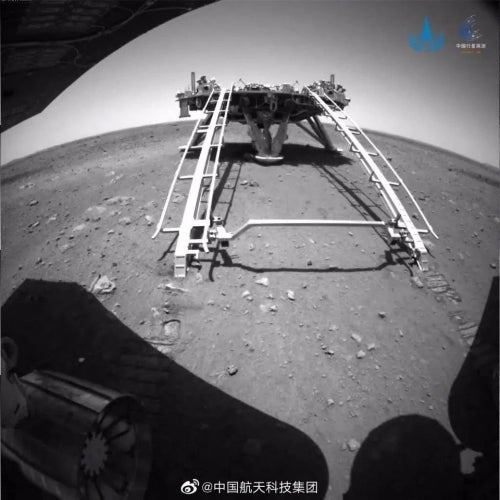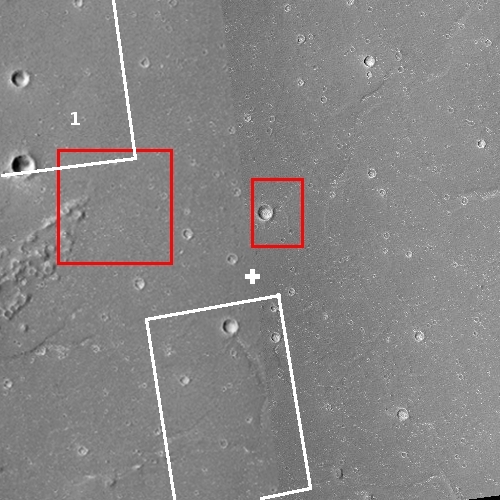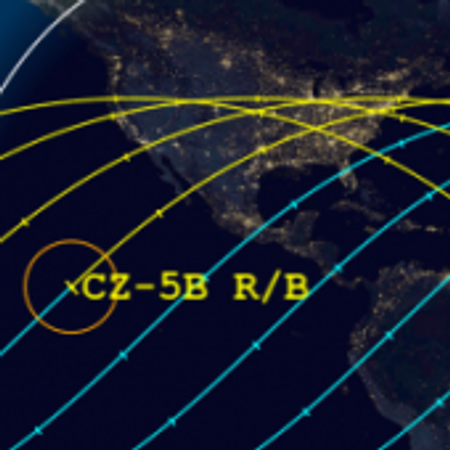China rolls rocket to launchpad for first manned mission to station
The new colonial movement: China yesterday moved to the launchpad the Long March 2F rocket it will use to launch the first three astronauts to occupy its new space station.
The first element of the complex, the Tianhe core module, launched April 28 aboard a heavy-lift Long March 5B rocket, China’s most powerful launch vehicle. An unpiloted cargo ship, named Tianzhou 2, launched May 29 and docked with the Tianhe core module eight hours later, delivering fuel, food and spacesuits for the Shenzhou 12 astronauts.
The Shenzhou 12 mission will last about three months, the longest stay in space to date by Chinese astronauts. Shenzhou 12 will be China’s seventh crewed spaceflight since 2003.
Chinese officials have not announced the launch date for the Shenzhou 12 mission, but rockets for China’s last three crewed spaceflights rolled to the pad at Jiuquan about a week before liftoff. That suggests the launch could occur around June 16 or June 17.
As this launch will be from a spaceport in the interior of China, it will dump its first stage boosters on land.
During that three month mission the three astronauts will likely do several spacewalks to deploy solar panels and other equipment on the exterior of the Tianhe module, preparing it for later modules as well as the next manned mission, scheduled for October and planned to last six months.
The new colonial movement: China yesterday moved to the launchpad the Long March 2F rocket it will use to launch the first three astronauts to occupy its new space station.
The first element of the complex, the Tianhe core module, launched April 28 aboard a heavy-lift Long March 5B rocket, China’s most powerful launch vehicle. An unpiloted cargo ship, named Tianzhou 2, launched May 29 and docked with the Tianhe core module eight hours later, delivering fuel, food and spacesuits for the Shenzhou 12 astronauts.
The Shenzhou 12 mission will last about three months, the longest stay in space to date by Chinese astronauts. Shenzhou 12 will be China’s seventh crewed spaceflight since 2003.
Chinese officials have not announced the launch date for the Shenzhou 12 mission, but rockets for China’s last three crewed spaceflights rolled to the pad at Jiuquan about a week before liftoff. That suggests the launch could occur around June 16 or June 17.
As this launch will be from a spaceport in the interior of China, it will dump its first stage boosters on land.
During that three month mission the three astronauts will likely do several spacewalks to deploy solar panels and other equipment on the exterior of the Tianhe module, preparing it for later modules as well as the next manned mission, scheduled for October and planned to last six months.













